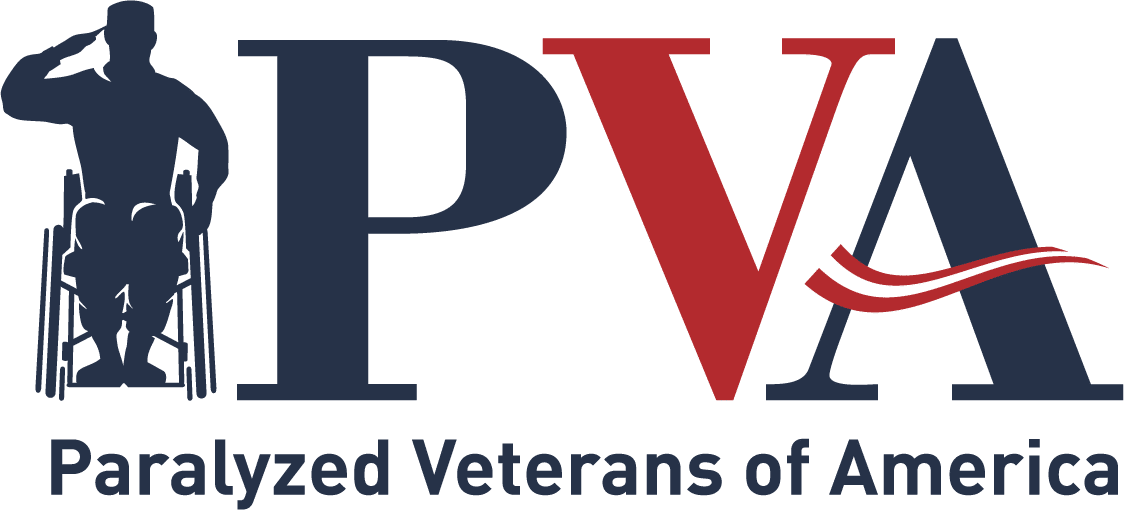Top Job Seeking Tips for Veterans
Posted By PVA Admin on April 9, 2020Every day we work with members of the veteran community who are seeking meaningful careers. Unfortunately, due to the negative impact of COVID-19 on the economy, we are seeing a significant increase in the number of veterans, military spouses, and caregivers who are seeking employment. Now more than ever veterans and their families need to stay focused and engaged during the employment process.
Based on our expertise and experience, we are sharing our favorite tips in five keys areas for those who are on the hunt for work:
Resumes: 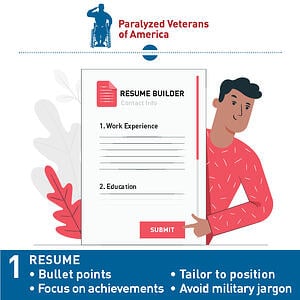
- Include bullet points that highlight a detailed and quantifiable accomplishment – for example: Led a supply team of 10 people by teaching expectations, positive engagements and one-on-one growth counseling which improved morale and increased inventory accurate rates by 19% from 79% to 98% within the first 90 days.
- Tailor your resume to the position in which you are applying – focus on accomplishments that relate to that individual position and avoid irrelevant information. Veterans wear many hats within one position and tend to capture everything they did including Training, Logistics, Safety officer, IT tech, Manager, etc in their achievements of that position. Recruiters have seconds to review a resume, sticking to the specific skill set that relates to the position, will help the recruiter see your value.
- Avoid military jargon – use language that civilians will know and understand. Military veterans represent approximately 5% of the population. That being said, we cannot expect everyone to understand language like, Sergeant Major, Battalion and Motor pool, etc.
Networking: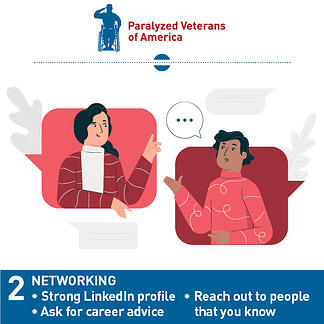
- Build a strong LinkedIn profile by highlighting your accomplishments and KSA’s that clearly demonstrates your abilities and potential. Reach out and connect with people in industries you’re interested in and share content. Build your brand and get noticed.
- Network with people you know; past employers, colleagues, classmates and professors. They know you already and will be open to sharing career advice and opportunities. Your cell phone for example, is full of contacts of people you have engaged with over the years. Reach out and reconnect. Make a plan to call a portion today and a portion tomorrow.
- Don’t ask for a job – ask for two pieces of career advice about the industry or company that the other person works for – make it about them and not you! Make sure to always ask if there is anything you can do for them in return for their advice.
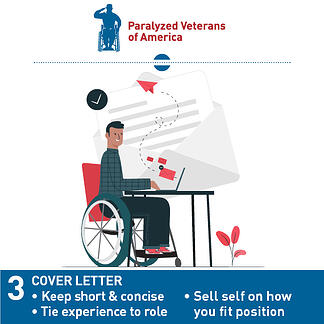
Cover Letters:
- Keep them short and concise. Tie your experience directly to the position for which you are applying and keep in mind that the average recruiter will only spend between 6-8 seconds scanning this document.
- Sell yourself on how you are the best fit; share a relevant accomplishment and clearly outline how you share the company’s values or tie in how the company’s values match yours.
Interviewing
- Use the STAR (Situation, Task, Action, Result) method when answering situational questions. Much like the XYZ format, the STAR method focuses on the situation at hand, what you specifically did, and the results because of your actions.
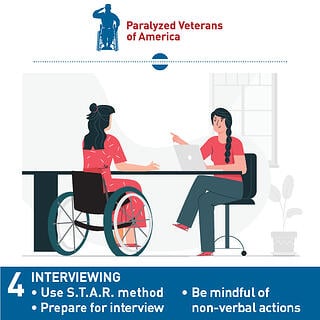
A good STAR example could be, “ Supervised the training of 40 employees by developing learning curriculum and progress markers, resulting in a 100% course completion rate.”Make sure you have at least three prepared examples for each. - Prepare for the interview ahead of time. Choose your business professional outfit, map out the location, mitigate possible outside distractions, and have all relevant documents ready.
- Be mindful of non-verbal actions such as “hand gestures, face touching, posture, eye contact, or anything you may involuntarily do when you get nervous”, your attitude, and keeping your answers concise.
- Have a strong headline; your headline should tell the recruiter who you are. This does not have to be your current job title and should not say “searching for employment” or anything similar.
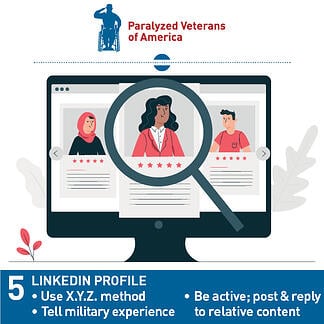 Write out your experience in measurable results just like your resume. This can be done in the X,Y,Z format. So Accomplished X by doing Y as measured by Z. You will also want to remove military jargon and have a translation of your military job title. You can easily translate your title by working with a credible veteran non-profit or using certain resources from the internet such as the O*Net, Military.com, or even the PAVE Toolkit on our website.
Write out your experience in measurable results just like your resume. This can be done in the X,Y,Z format. So Accomplished X by doing Y as measured by Z. You will also want to remove military jargon and have a translation of your military job title. You can easily translate your title by working with a credible veteran non-profit or using certain resources from the internet such as the O*Net, Military.com, or even the PAVE Toolkit on our website.- It is important to post regularly and to reply to connections with engaging content. When you make posts, you are helping build your brand, telling others where your passions/interests lie. When you are engaging on others posts, it shows you are listening to them and ultimately helps you build relationships. Recruiters are also more attracted to those who are engaged on LinkedIn .
These are just a few of our top tips that we regularly share with our veteran clients. We offer many great resources that are available to ALL members of the veteran community including PAVE Connect, which is a series of interactive virtual seminars on a variety of relevant employment topics, and an online Transformation Toolkit. Please visit our website for more resources and contact information for our career counselors: www.pva.org/pave.
——-
Rodney Lee is a retired US Army veteran who has spent most of his military career as a Recruiter, Recruiter Trainer and Recruiting Manager. After military service, he spent time as an HR representative and instructor before joining the PVA’s PAVE team. He is currently an Employment Analyst based in Atlanta, GA.
Taylor Scott is an Employment Analyst with PAVE based in San Diego, CA and former military spouse who has been assisting the military community for the past 3 years in the areas of employment, mentorship, and community service.
